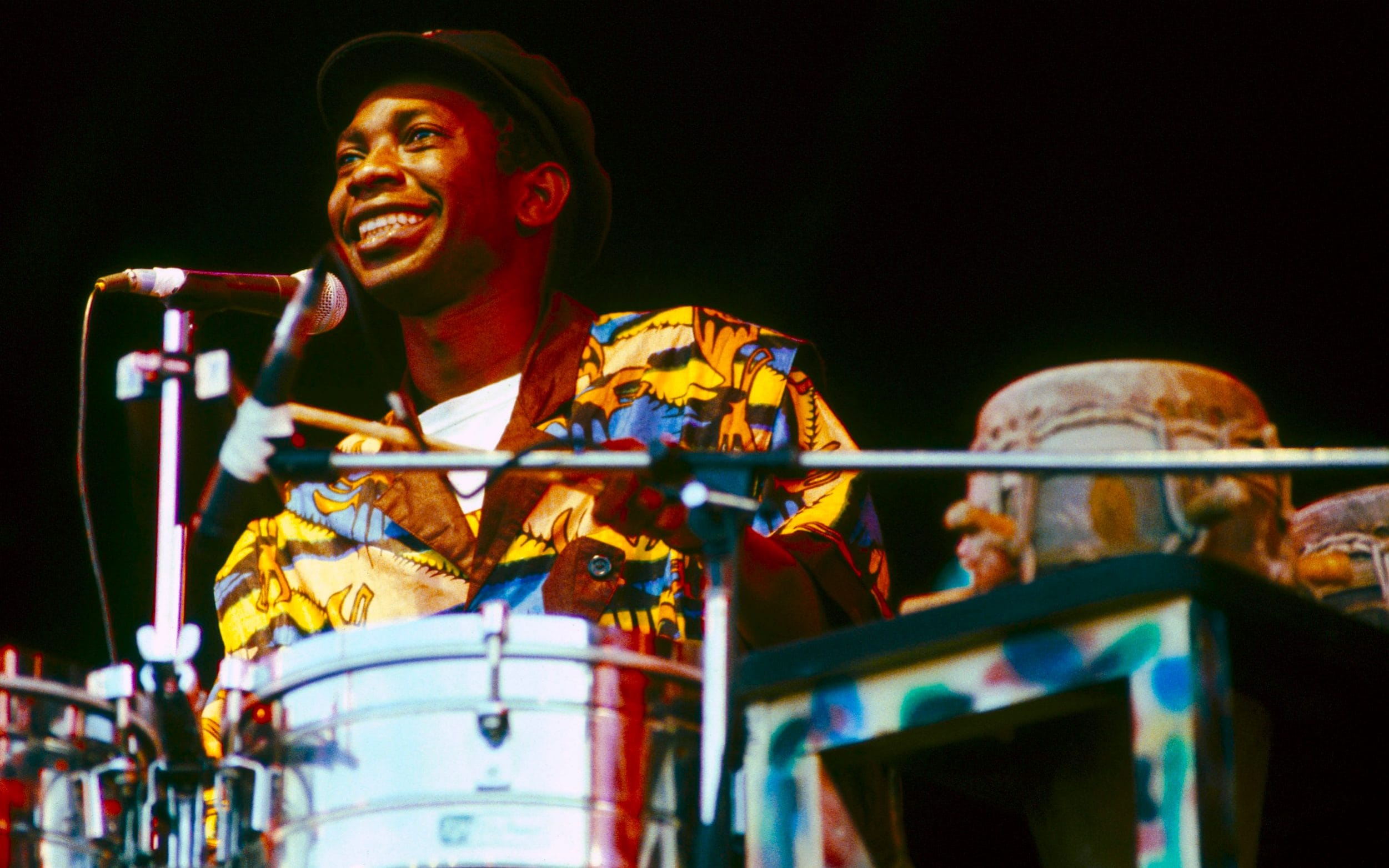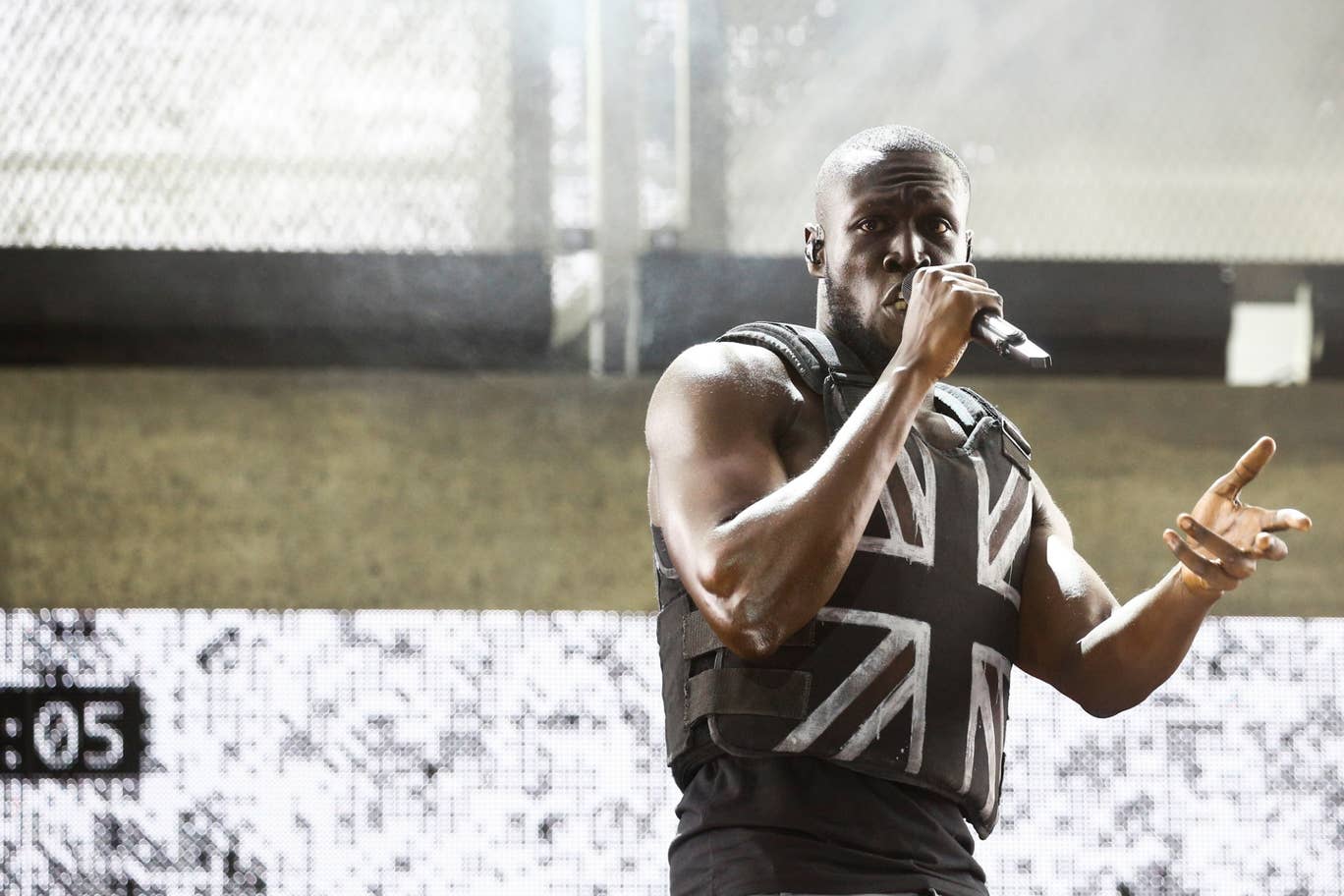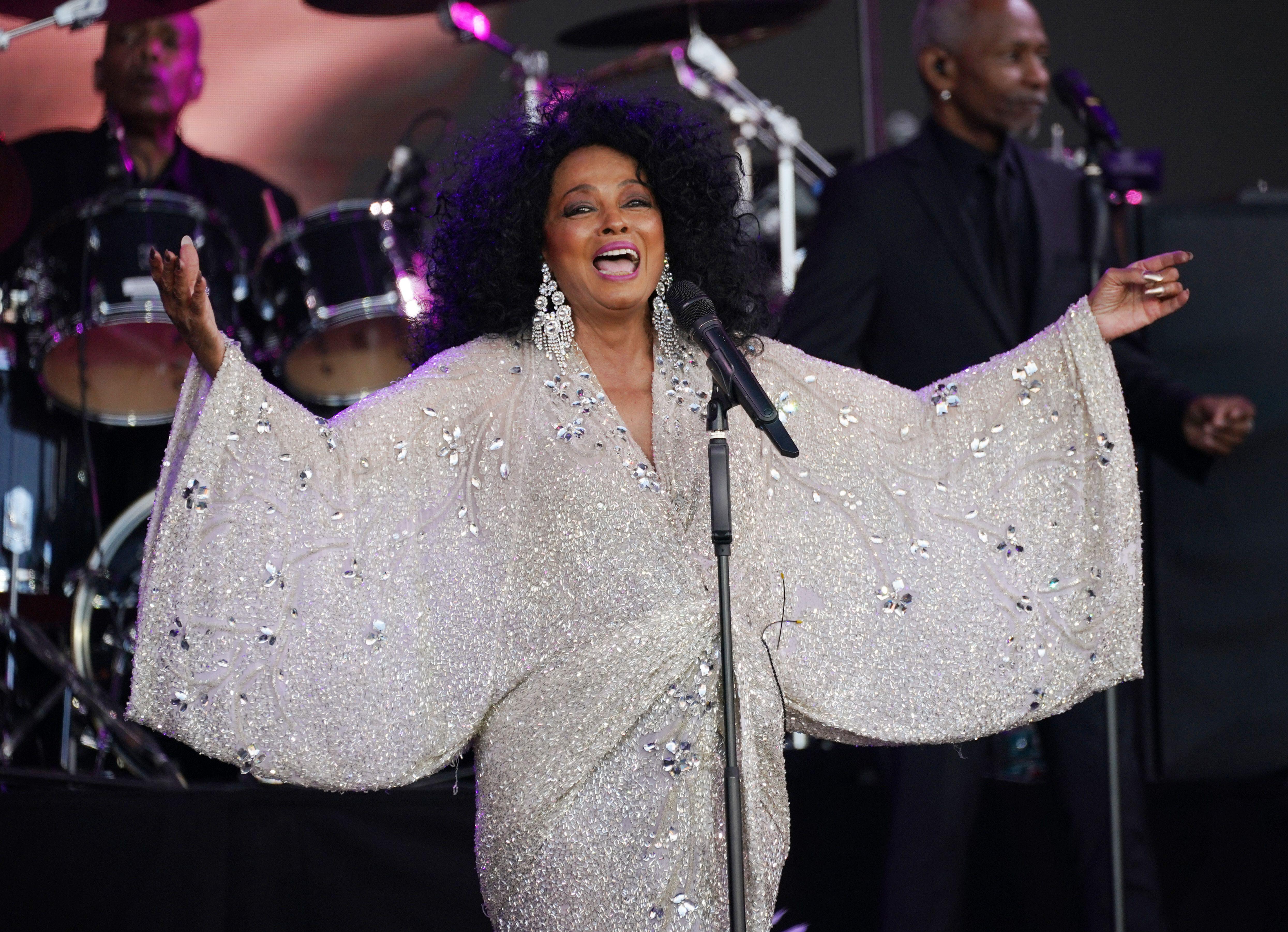
Black artist headliners at Glastonbury
We take a look back at some of the iconic Black artists who have headlined Glastonbury - paving the way for others and making history.

Museums are cultural gatekeepers and it’s part of our role to reflect on contemporary culture, as well as to learn from moments in history. Glastonbury is a place where culture thrives and history can be made. It can be a platform for artists to break new ground and sometimes to make a statement.
At International Slavery Museum and across all of our museums and galleries at National Museums Liverpool, we recognise that talking about Black history should not begin and end with transatlantic slavery. We need to celebrate the contributions of Black artists and activists before, during and after transatlantic slavery.
Inspired by this, let’s look back at some of the Black artists who have headlined Glastonbury, making history and paving the way for others.

Curtis Mayfield - 1983
1983 was the first time a Black artist headlined at Glastonbury. This was Curtis Mayfield, followed the next day by UB40, which included Black artists Astro and and Earl Falconer.

Black Uhuru - 1984
Jamaican Reggae band Black Uhuru headlined in 1984 with vocal line-up Michael Rose, Duckie Simpson and Puma Jones. Puma became the first Black female singer to take to the Pyramid stage.

Youssou N'Dour - 1992
Senegalese artist, Youssou N'Dour, took a headline spot in 1992. N'Dour helped develop a style of popular Senegalese music known by Senegambians as mbalax, a genre that has sacred origins in the Serer music njuup tradition and ndut initiation ceremonies. Image: The Telegraph

Lenny Kravitz - 1993
Maxim from The Prodigy - 1997
Lenny Kravitz took a last minute slot in 1993 after Red Hot Chilli Peppers pulled out of the festival. There were no Black headline acts again until 1997 when The Prodigy headlined with MC and vocalist Maxim.

Skin from Skunk Anansie - 1999
British rock band Skunk Anansie took a headline Glastonbury slot in 1999, where front woman Skin became the first Black British woman to headline the Pyramid Stage. Image: PA

Jay-Z - 2008
After several years without a Black headliner, Jay-Z took the top slot in 2008, amongst controversy that ‘hip-hop didn’t belong at Glastonbury’. In spite of this, he played the set and delivered one of the festival’s most memorable performances. Image: Getty Images

Beyoncé - 2011
BEYONCÉ. What a moment. The first African-American woman to headline, she delivered a show-stopping, powerhouse performance in 2011, featuring an all-female band. Image: Getty Images

Stormzy - 2019
Stormzy was the first Black British solo artist to headline the festival and his 2019 performance was critically acclaimed, inspiring a whole new generation. Image: Reuters

Kendrick Lamar - 2022
Kendrick Lamar was meant to headline Glastonbury in 2020 but due to Covid-19, the festival was canceled until 2022. Kendrick took to the Pyramid stage and stunned the audience with his theatrical performance wearing a diamond-encrusted crown of thorns. At the end of the performance, he repeatedly shouted 'They judge you, they judge Christ, godspeed for women’s rights,' as fake blood dripped down his head and torso from the crown. He then dropped his mic and walked off the stage. Image: Alamy

Diana Ross - 2022
Diana Ross was also a delayed 2019 headliner, at Glastonbury 2022. Diana got the prestigious 'legend' slot and performed her iconic hit 'I'm coming out'. The performance got mixed reviews as her voice was not as smooth as it once was, but her presence alone was enough to get the crowd going. Image: Alamy
